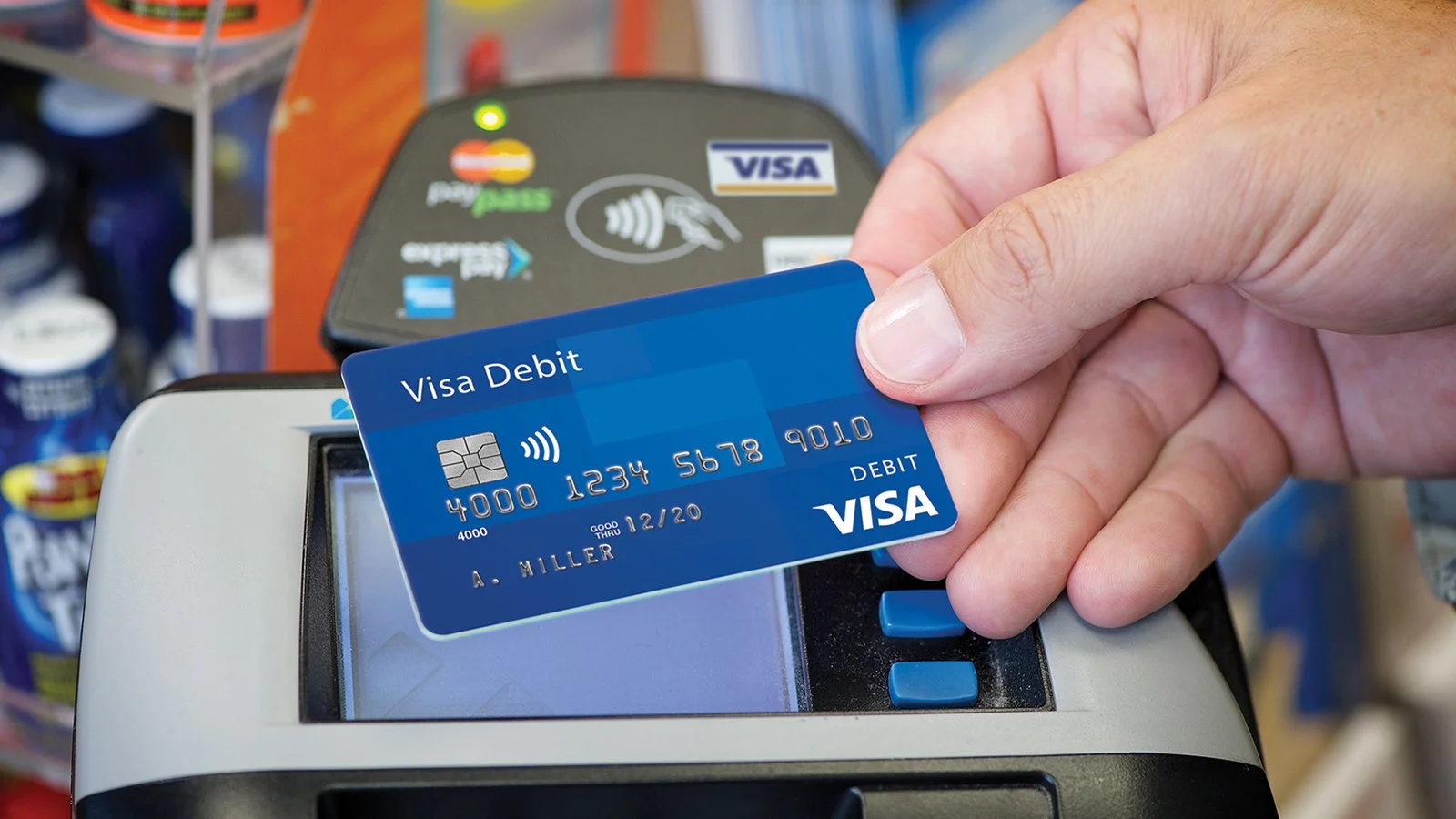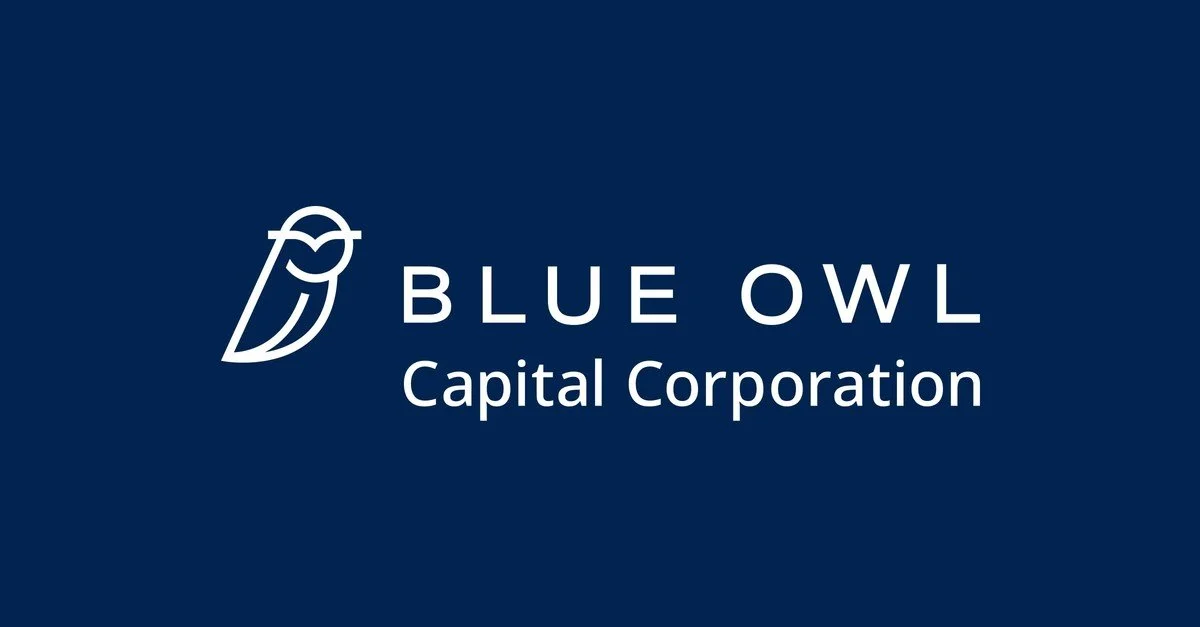V | Q4 2025
The content provided on this website, including any communications, posts, videos, social media interactions, and other materials, is for informational and educational purposes only. It should not be considered as financial or investment advice. Read our full disclaimer here.
Links
Link to Transcript
Link to Presentation
Overview
Non-GAAP EPS of $2.98 beats by $0.01.
Revenue of $10.72B (+11.4% Y/Y) beats by $100M.
KEY Takeaways
Visa delivered another strong quarter, with Q4 revenue up 12% and EPS up 10%, finishing up with a full year of double-digit growth.
Payments volume hit $14 trillion (+8%) and processed transactions climbed 10%, showing healthy momentum across the board.
Management is positioning Visa as a “hyperscaler” for payments through its Visa as a Service stack — a platform that others can build on.
Tokenization remains a major strategic focus, now exceeding 16 billion tokens (+60% YoY), with the long-term goal of 100% of e-commerce transactions being tokenized to cut fraud and improve approval rates.
Value-added services revenue rose 25% to $3 billion, fueled by advisory, fraud prevention, and token management offerings.
Commercial payments volume grew 7% to $1.8 trillion, with new premium partnerships from Chase and Truist.
Visa Direct transactions jumped 27% for the year, reflecting strong growth in real-time, cross-border payments.
The company returned $6 billion to shareholders in Q4 and raised its dividend by 14% going into 2026.
Management expects continued low double-digit growth in revenue and EPS for FY 2026, assuming the macro environment stays steady.
NOTES
Visa (V) finished out fiscal 2025 on a strong note, showing that the payment network’s growth engine is still firing on all cylinders.
In the fourth quarter, revenue climbed 12% to $10.7 billion and EPS rose 10%, closing out a year where both top and bottom lines grew double digits. With that, payments volume reached $14 trillion, up 8% from last year, while processed transactions climbed 10%.
The company’s management framed Visa as a “hyperscaler” in the payments ecosystem—a platform others can build on through what they call the Visa as a Service stack, which spans four layers: foundation, services, solutions, and access.
Throughout the year, Visa continued to expand its global reach. Its network of networks now connects roughly 12 billion endpoints—cards, bank accounts, and digital wallets—and supports more settlement currencies than ever, including four stablecoins across multiple blockchains.
With that, the company has begun rolling out the next generation of VisaNet, its core processing platform, which is being rebuilt with a modular, cloud-ready architecture. Interestingly, more than half of the new code was written with the help of generative AI, which Visa says has improved both speed and security.
On the services front, Visa added 270 million new credentials this year and now has over 16 billion tokens in circulation, up from 10 billion just 18 months ago. Management’s long-term goal is to have every e-commerce transaction tokenized.
For more context, tokenization replaces raw card numbers with unique digital credentials that can’t be reused if stolen, dramatically reducing fraud while boosting approval rates. It also enables smoother recurring payments, safer AI-driven transactions, and deeper data for authentication — ultimately making online payments as secure and seamless as in-person ones.
Having said that, Visa’s risk tools are also expanding. The company’s new scam detection system has helped shut down more than 25,000 fraudulent merchants since launching last year, representing over $1 billion in prevented fraud.
Stablecoins continue to be a growing part of the business as well. Visa now supports 130 stablecoin-linked card programs in over 40 countries, and spending on those cards has quadrupled from last year.
The company also started piloting a stablecoin-based liquidity solution through Visa Direct, a sign that it’s taking digital assets seriously as a long-term opportunity rather than a passing trend.
The “solutions layer” of Visa’s stack saw a rapid product rollout this year. The company introduced Visa Intelligent Commerce—which uses AI to personalize digital transactions—and the Trusted Agent Protocol, designed to make AI-driven, “agentic” checkouts safer for merchants.
Visa Flex, which lets consumers link multiple funding sources to a single credential, continues to gain traction as well, while Visa Accept is opening the door for small sellers in emerging markets to accept card payments using only a phone.
Tap-to-pay adoption continues to grow globally—now 79% of all face-to-face transactions—with Visa enabling 100 new transit systems this year. Meanwhile, its commercial payments business grew 7% to $1.8 trillion, helped by new premium card launches with Chase and Truist and deeper partnerships across travel and SMB segments.
Visa Direct, which powers instant payments and transfers, grew transactions by 27% for the full year, reflecting momentum in both domestic and cross-border flows.
Value-added services (VAS) is still one of Visa’s biggest growth engines, with revenue up 25% in constant dollars to $3 billion this quarter. These services include fraud prevention, advisory, and token management offerings that sit on top of Visa’s core network and often come with higher margins. A notable win was a global token management deal with Booking.com across 65 markets.
Visa also continues to see strong uptake for its newly acquired Featurespace fraud platform, with over 100 new client deals since January.
The company’s marketing and sponsorship business is ramping up ahead of the 2026 Olympics and FIFA World Cup, where more than 100 clients have already signed on to collaborate with Visa’s marketing programs.
Financially, the quarter was better than expected across most metrics. Payments volume grew 9% globally in constant currency, cross-border volume rose 11%, and processed transactions were up 10%.
U.S. spending remained healthy—up 8% year-over-year—with strength in both credit and debit. Internationally, Asia Pacific accelerated slightly thanks to an improvement in China, while Latin America slowed down a bit as inflation eased in Argentina.
Data processing revenue jumped 17%, helped by pricing and mix, and VAS once again outperformed expectations.
Visa returned $6 billion to shareholders in the quarter through buybacks and dividends and ended the year with $24.9 billion still authorized for repurchases. The board also announced a 14% dividend increase heading into 2026.
During the Q&A, management emphasized the durability of consumer spending and Visa’s diversification across categories—credit, debit, discretionary, and non-discretionary—all of which remain stable.
There was also a lot of discussion around “agentic commerce,” referring to AI-powered agents that can make purchases on a user’s behalf. Visa sees this as the next evolution after e-commerce and mobile commerce, and believes its early work on tokenization, authentication, and open protocols positions it to lead this new wave.
Management also reiterated that stablecoins and tokenized money movement are long-term growth opportunities, especially in emerging markets and cross-border transactions.
Overall, Visa closed out 2025 firing on all cylinders. The long-term growth trajectory still seems very much intact, and management expects another year of low double-digit growth in both revenue and EPS ahead, assuming the macro environment stays relatively stable.




Revenue of $1.88B (+4.4% Y/Y) beats by $10M. Non-GAAP EPS of $1.96 beats by $0.09.